The reasons for slurry pump shaft failure
There are many reasons for the failure of a slurry pump shaft. Today, let's discuss some of them.
There are many reasons for the failure of a slurry pump shaft. Today, let’s discuss some of them.
Unbalanced impeller or rotor: If the impeller is unbalanced, the pump will experience “shaft wandering” during operation. The effect is similar to that of shaft bending and/or deflection, even when the pump is stopped and the shaft is inspected, it remains straight. The balance of the impeller is equally important for both low-speed and high-speed pumps. It reduces the number of bending cycles within a given time range, but the amplitude of displacement (strain) (due to imbalance) remains within the same range as higher speed coefficients.
Fluid characteristics: Issues related to fluid characteristics usually involve pumps designed for a lower viscosity but subjected to higher viscosity fluids. For example, a pump selected and designed for pumping No. 4 fuel oil at 95°F may then be used to pump fuel at 35°F (a difference of about 235 centipoise). An increase in viscosity will cause similar problems. Additionally, corrosion significantly reduces the fatigue strength of the shaft material. In such environments, a shaft with higher corrosion resistance is a good choice.
Variable speed: Torque is inversely proportional to speed. As the pump slows down, the shaft torque increases. For example, the torque required for a 100 hp pump with a speed of 875 rpm is twice that of a 100 hp pump with a speed of 1,750 rpm. Besides the maximum brake horsepower (BHP) limit of the entire shaft, users must also check the BHP allowed for each 100 rpm limit in the pump application.
Misuse: Ignoring manufacturer guidelines can lead to shaft problems. If the pump is being driven by an engine instead of an electric motor or turbine, many pump shafts will have reduced power factors due to intermittent torque as compared to continuous torque. If the pump is not directly driven (via a coupling), such as belt/pulley or chain/sprocket drive, the shaft may be significantly reduced. Many self-priming trash pumps and slurry pumps are designed for belt drive and have virtually no problems. ANSI B73.1 pumps, unless using jacked shafts, are not designed for belt drive. ANSI pumps can be either belt-driven or engine-driven, but the maximum allowable horsepower is greatly reduced. Many pump manufacturers offer heavy-duty shafts as optional accessories to address the symptom when the root cause cannot be corrected.
For more information on slurry pumps, please feel free to contact us!
Shijiazhuang Pansto Pump Co., Ltd. is a manufacturer of slurry pumps in Shijiazhuang, specializing in the design, manufacture, and sale of slurry pumps and their accessories. We primarily deal with various series such as mud pumps, submersible pumps, foam pumps, and desulfurization pumps, among others.

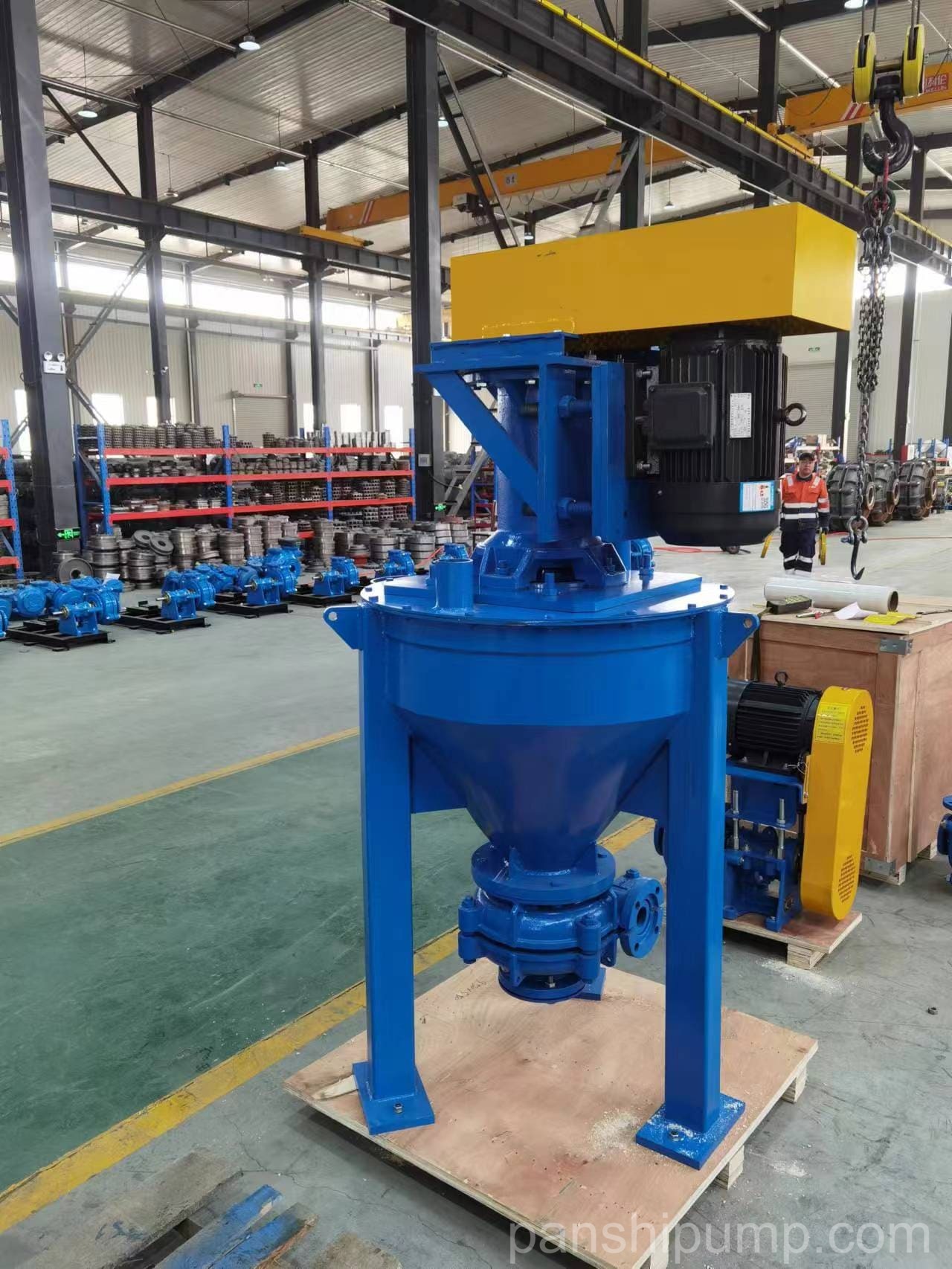
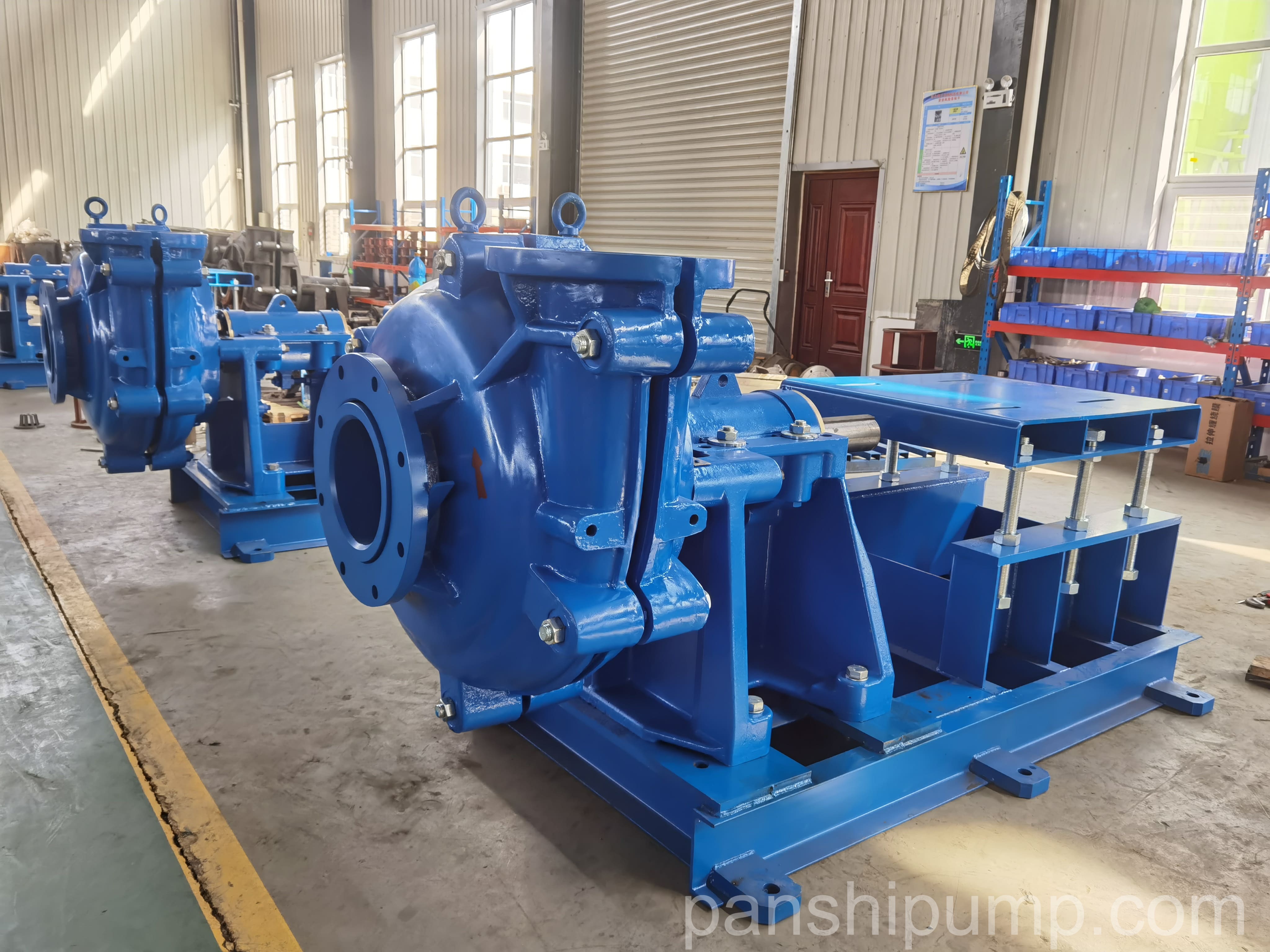
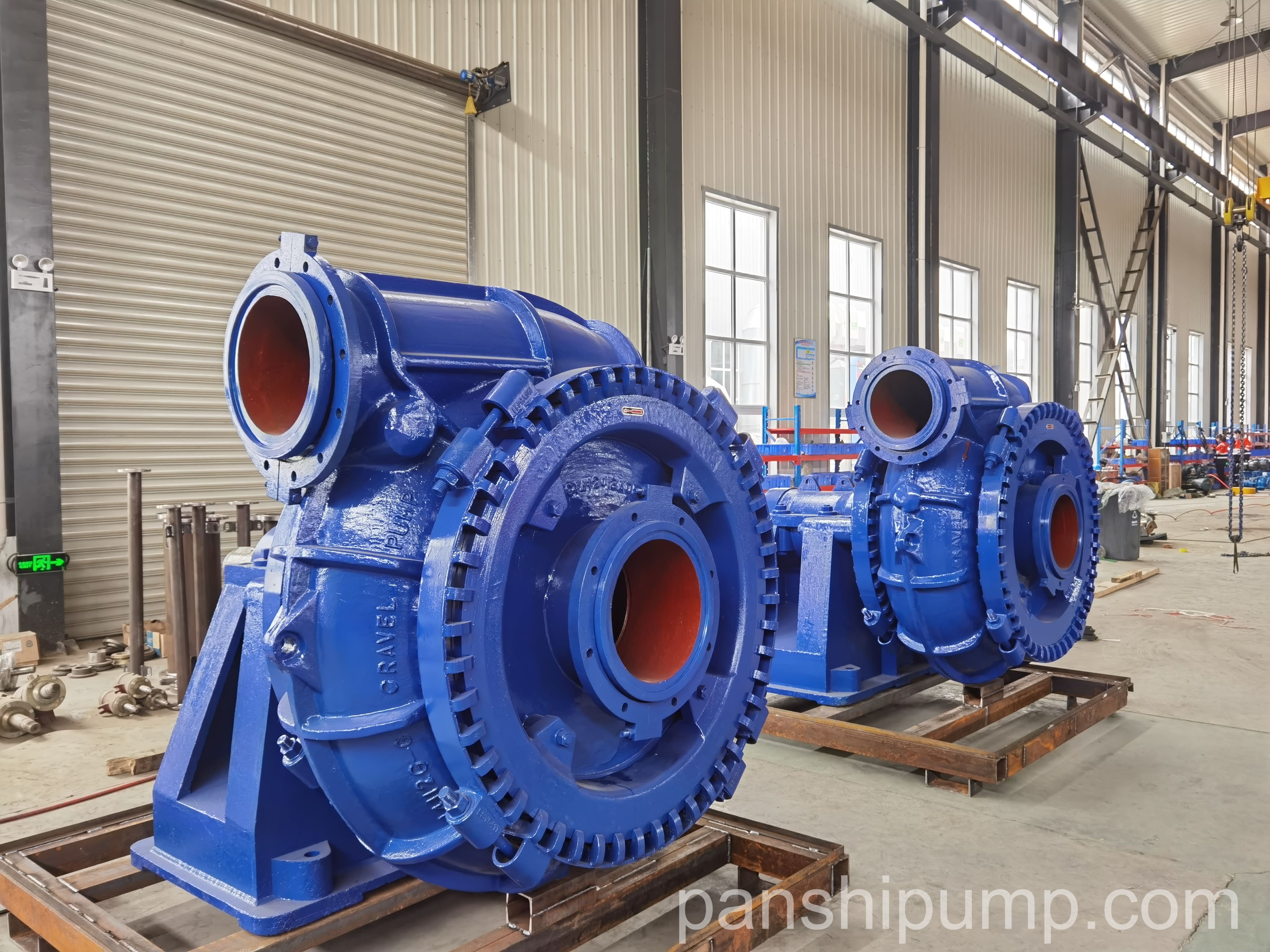
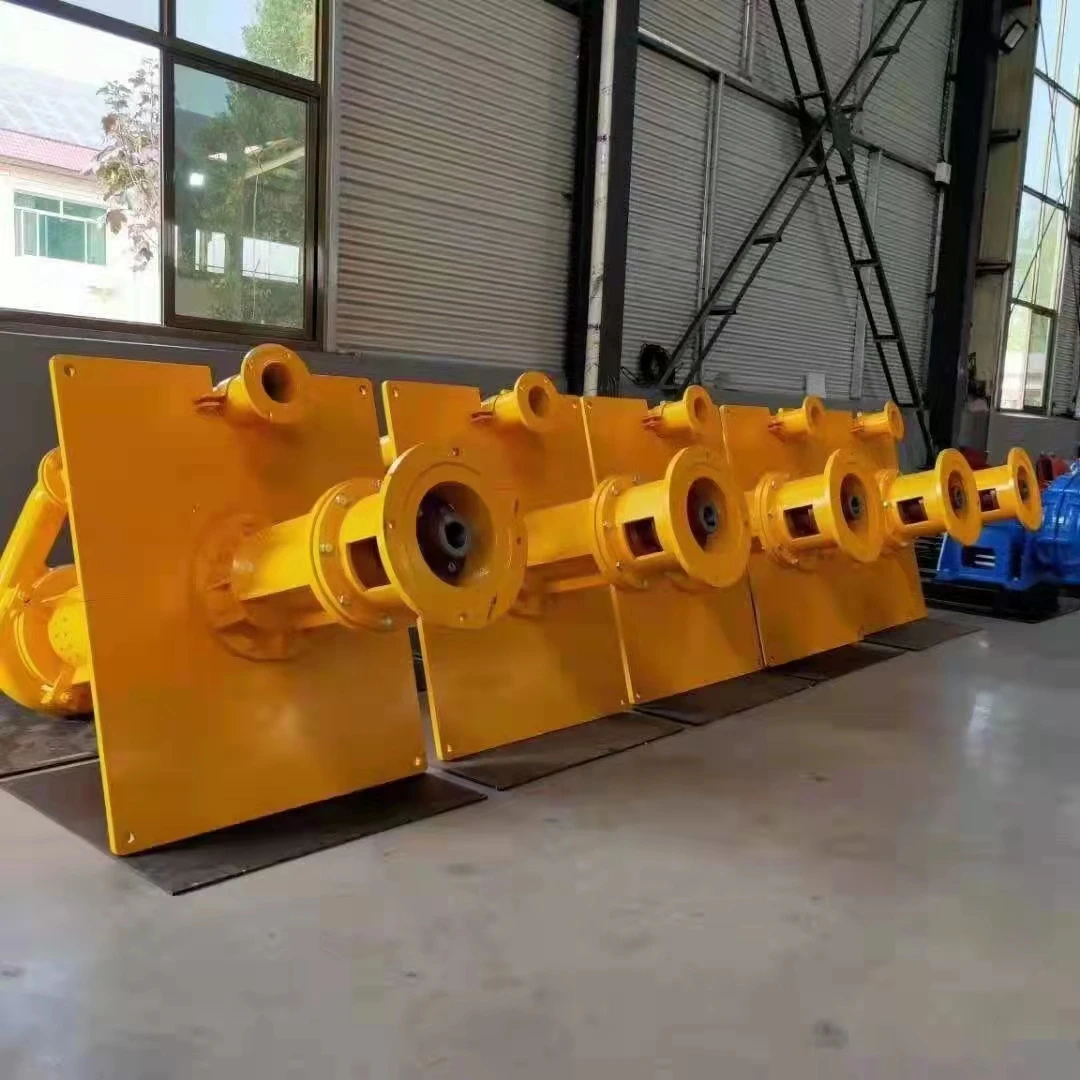
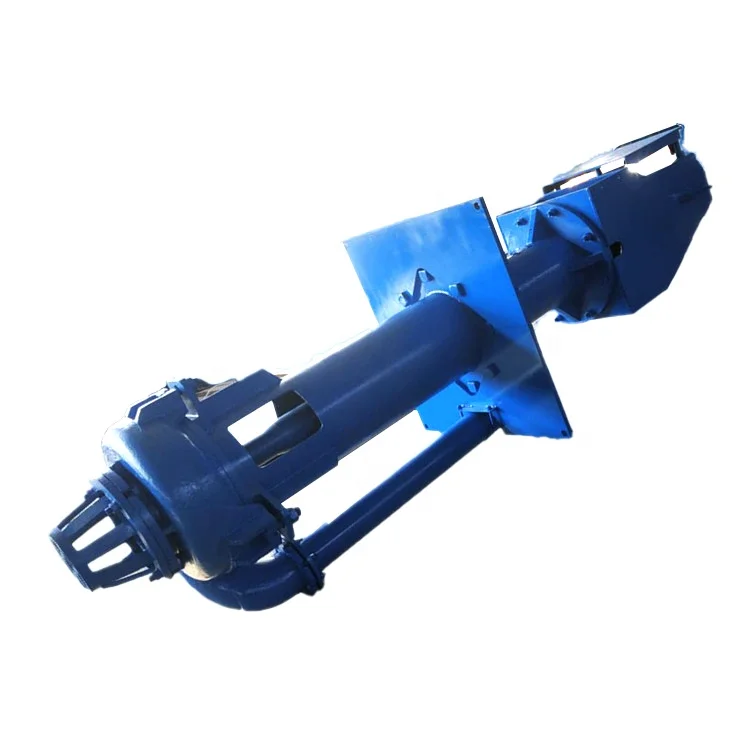
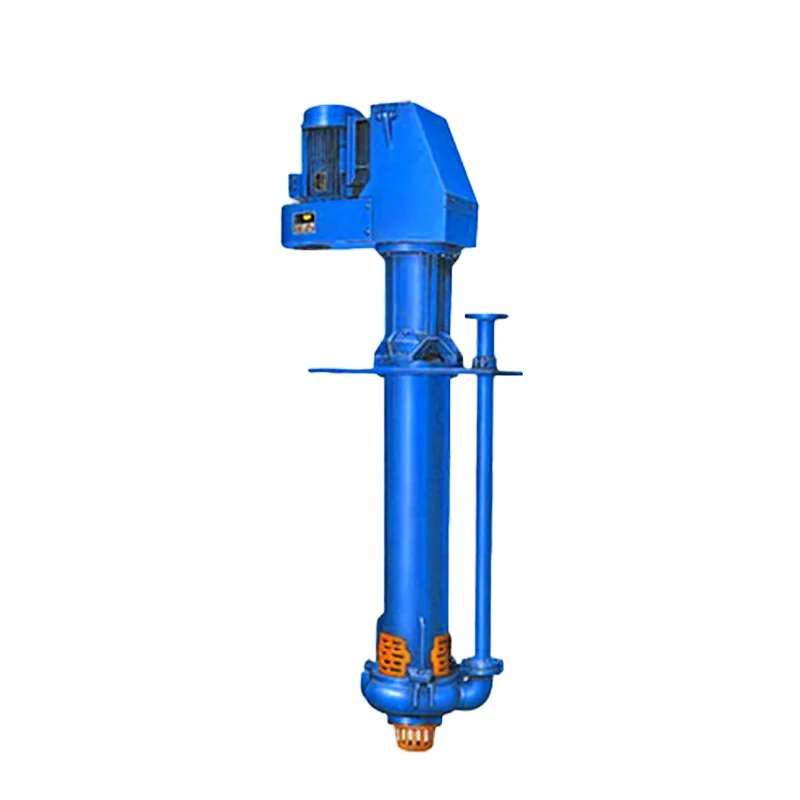
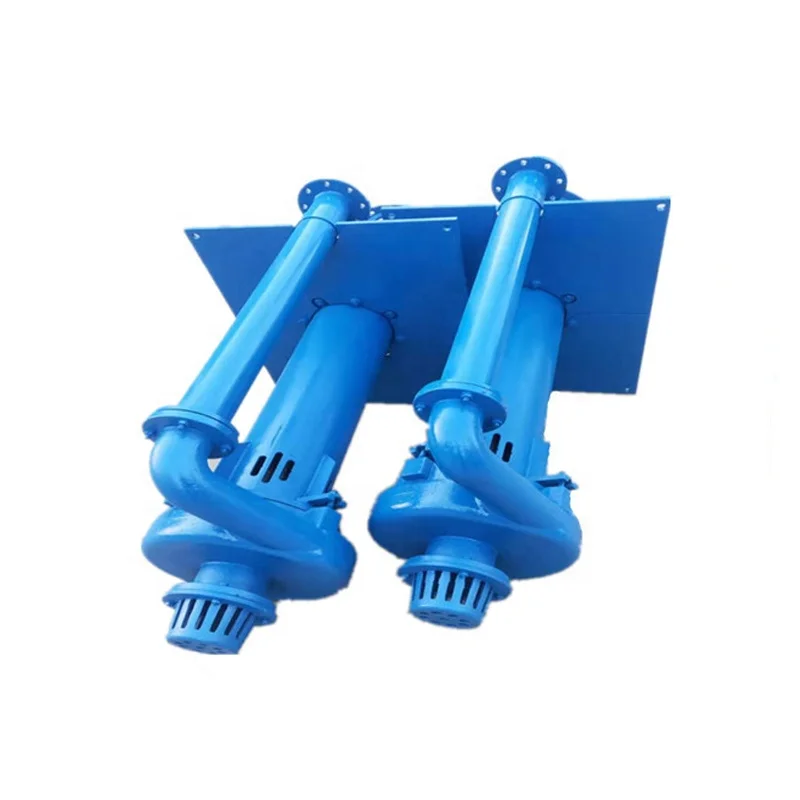
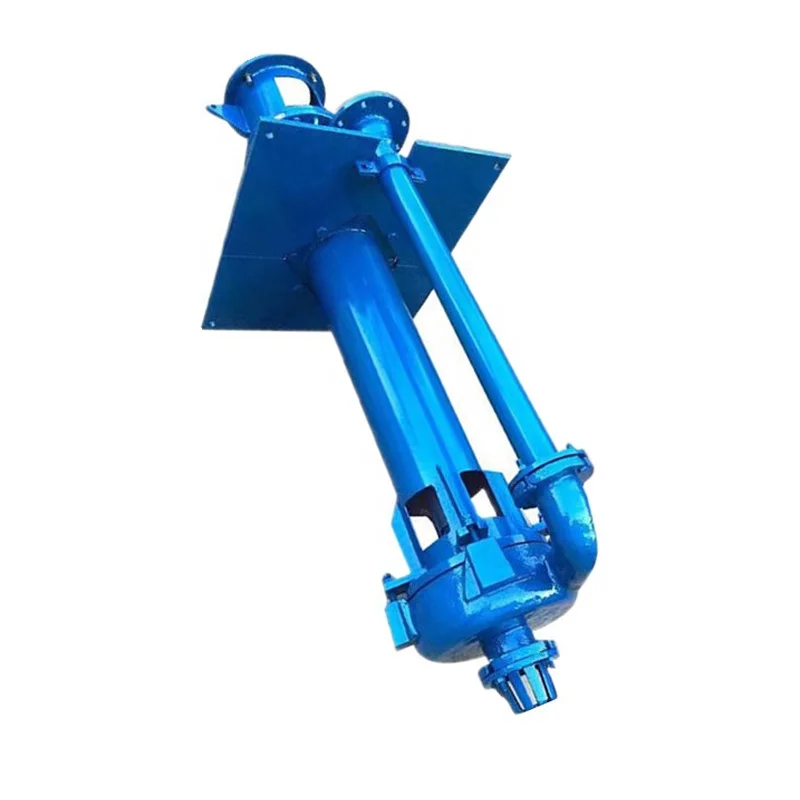
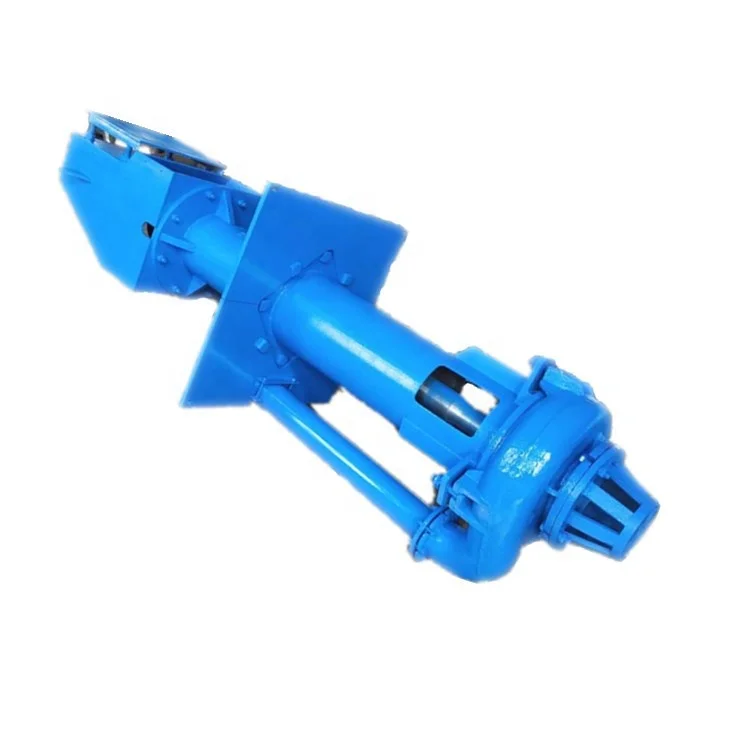
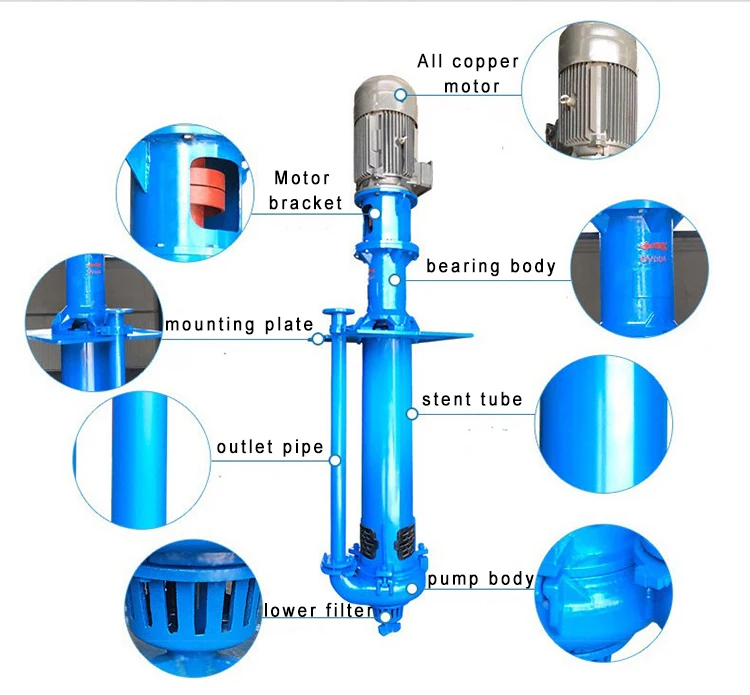
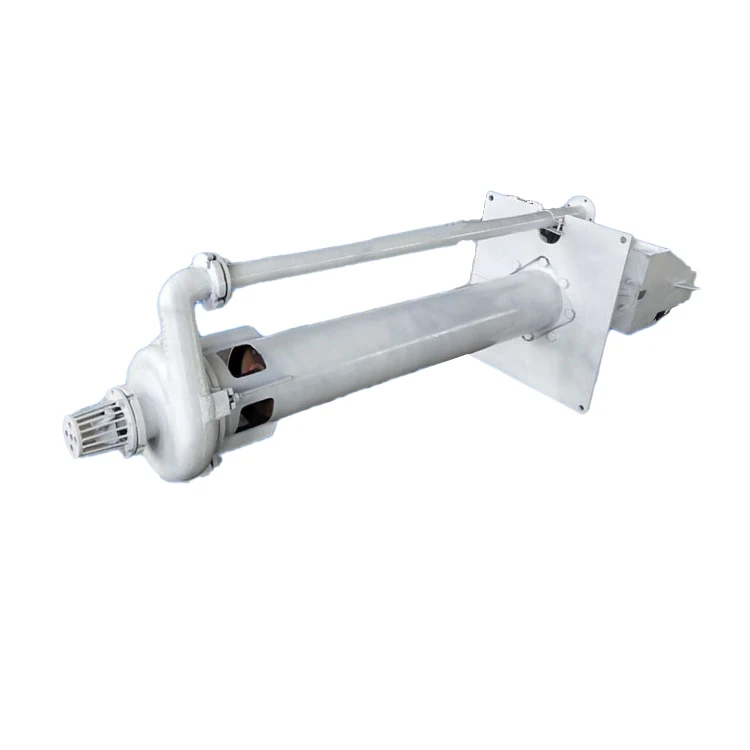
Please login to write a comment after